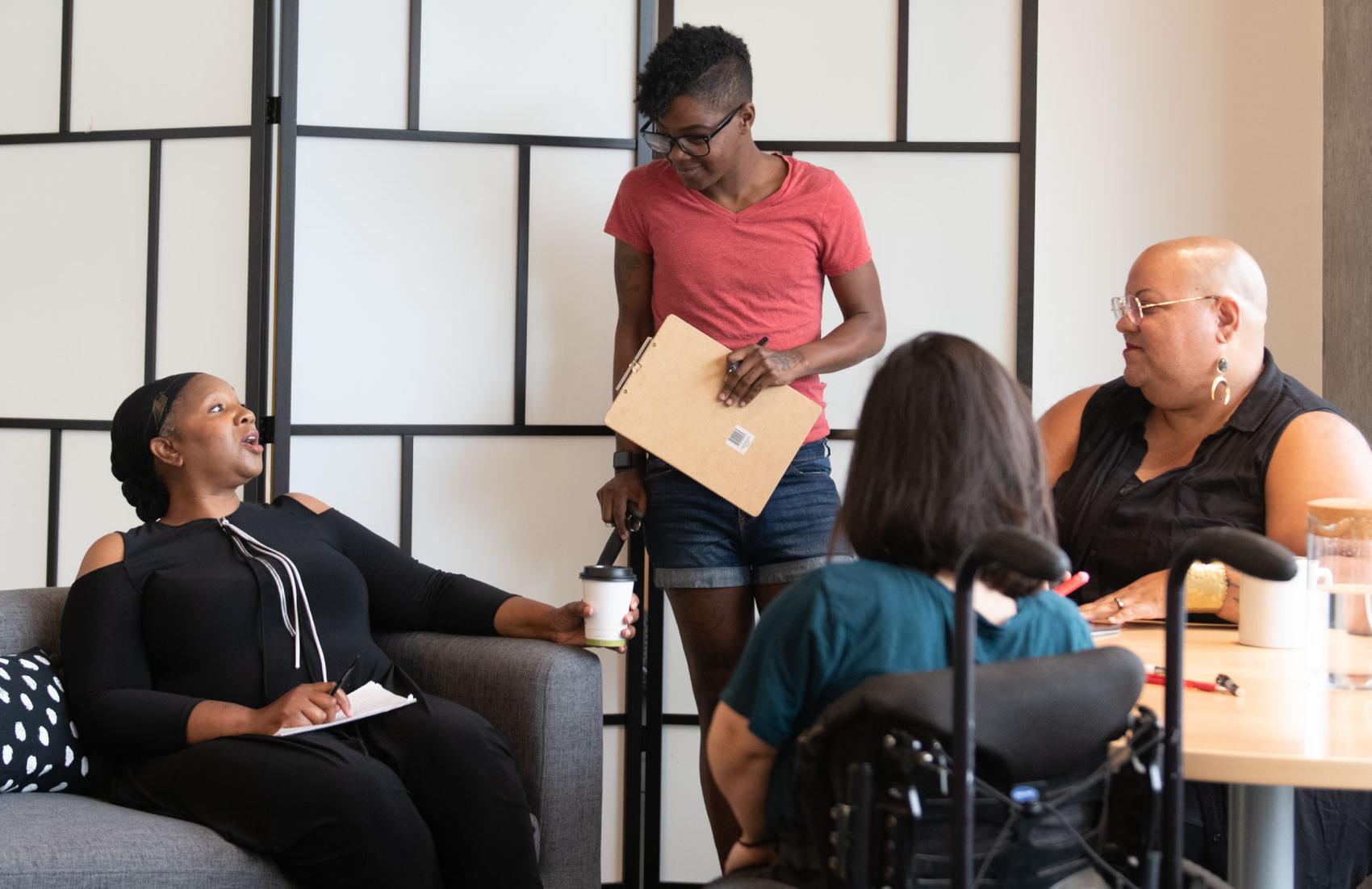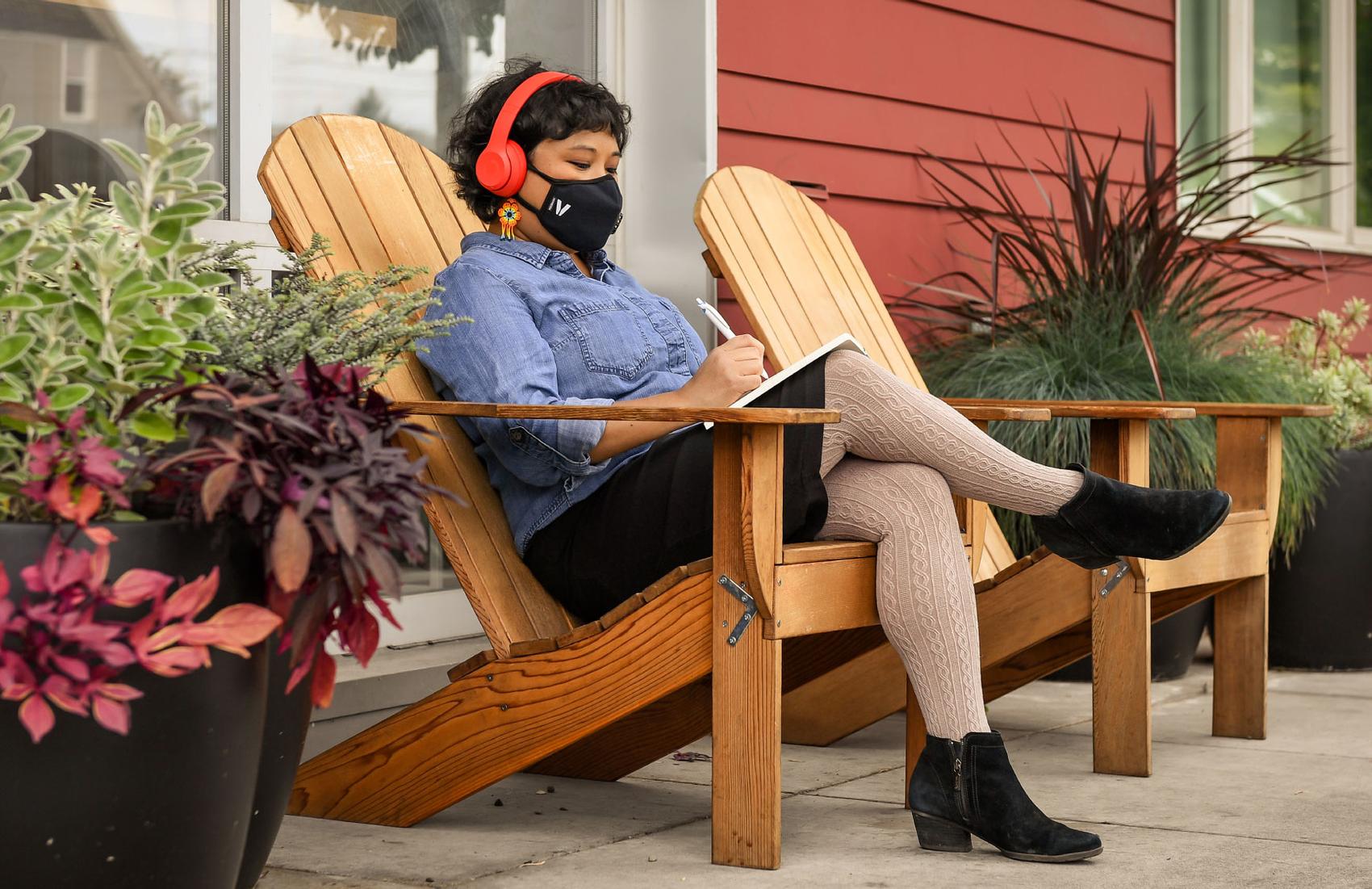3 lessons the COVID-19 pandemic can teach us about preventing chronic diseases
By Dr. Kathleen A. Martin Ginis and Dr. Sarah Brears

Forty-four per cent of Canadian adults live with at least one chronic health condition such as heart disease, diabetes or a mood disorder. Up to 80 per cent of these conditions can be prevented.
However, chronic disease prevention and health promotion are not taken seriously enough. Instead, Canadian health care is focused on treating acute and chronic conditions. As a result, the treatment of chronic diseases costs our health-care system $68 billion per year and overburdens health-care providers.
While the pandemic has focused the world’s attention on how to prevent infectious disease, many of the lessons learned from COVID-19 prevention can also be applied to chronic disease prevention.
We — a scientist who develops health behaviour-change interventions, and a family doctor who is passionate about preventive medicine — have noted several pandemic lessons that could be used to improve chronic disease prevention. Here are three:
1. Address the inequities

COVID-19 infections are not evenly distributed among Canadians. Infection rates are higher in regions with greater proportions of low-income and Black residents.
Likewise, health iniquities mean that racialized and Indigenous people, immigrants, people with disabilities and those affected by poverty are at increased risk for developing chronic diseases. These groups may not have equitable access to preventive resources such as healthy foods, a family doctor, health screening and health promotion programs. In addition, the stress caused by poverty, trauma and discrimination can affect the body, increasing the likelihood of developing a chronic disease.
COVID-19 has exposed long-standing health inequities. In response, we’ve seen community groups, public health agencies and governments work together to provide free masks, community testing sites, vaccines, and other services in low-income and racialized communities. Health inequities that increase the risk for chronic disease could be eliminated by continuing to provide these types of services to the people most in need.
2. A one-size-fits-all approach doesn’t work

Physical distancing can work to reduce the risk of COVID-19, but is impossible if you live in a multi-generational household, use public transportation or have a disability and rely on caregivers. From masks to physical distancing to physical barriers, different types of protection are needed to reduce the risk of COVID-19 spread for people in different circumstances. Even better is when communities are engaged and empowered to develop their own culturally appropriate advice and messages.
Likewise, chronic disease prevention programs must be tailored to take into account a community’s needs and priorities. This is best accomplished by designing programs and policies in partnership with the communities who will use them. Community involvement helps ensure programs are tailored to community members’ needs and that users will benefit.
For instance, researchers from the University of British Columbia Centre for Chronic Disease Prevention and Management worked with nearly 300 community members to design a physical activity program specifically for people with disabilities. Over six months, program participants increased their weekly physical activity by 363 per cent and significantly improved their heart and lung health. The program would not have been so successful had community members not helped to tailor the program to the unique challenges and needs of people with disabilities.
3. We can (and must) get research into practice faster

The pandemic has shown that science can be drastically accelerated to move innovations quickly from the lab to the community to individual citizens. The pandemic prompted many researchers to pause their own projects and collaborate worldwide to detect and identify the virus, study its transmission and create and test vaccines. Funding was allocated to facilitate research collaborations.
These actions sped up the research process. The findings were then quickly translated into public health advice, guidelines for medical care and vaccines that have been shared and used around the world.
Research can guide which evidence-based chronic disease prevention programs are put into practice. However, the translation of health research evidence into practice is notoriously slow.
A frequently cited study estimated that it takes 17 years to put just a fraction of health research into practice. One reason for this delay is that the scientists who develop and test chronic disease prevention programs, and the community, health-care and government organizations who deliver programs, typically do not work together.
The pandemic has changed the culture of science. We have seen the benefits when scientists collaborate across disciplines, and industry and government partners are at the ready to quickly move new discoveries into practice.
If we approached chronic disease prevention with the same urgency, promising evidence-based interventions could be quickly scaled up and delivered in communities across the country.
Applying the lessons of COVID-19 to chronic disease prevention has the potential to benefit millions of Canadians and save billions in health-care costs. The response to the COVID-19 pandemic has proven that focused attention and collaborative efforts can yield effective results in disease prevention and treatment.![]()
Dr. Kathleen A. Martin Ginis is a Professor and the Director of Centre for Chronic Disease Prevention and Management at UBC, and Dr. Sarah Brears is Regional Associate Dean, Interior, for the Faculty of Medicine’s Southern Medical Program at UBC.
This article is republished from The Conversation under a Creative Commons license. Read the original article. To republish the article, please visit the original article and follow their guidelines.


